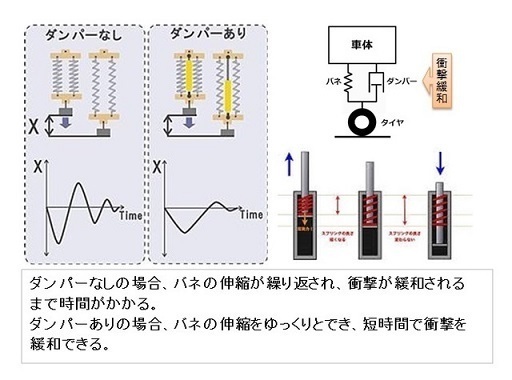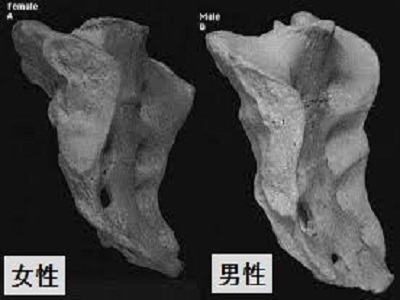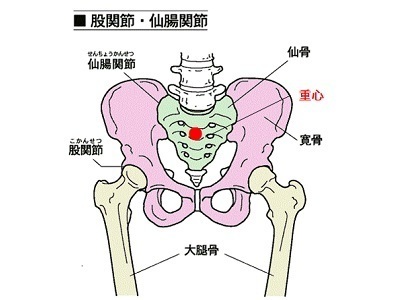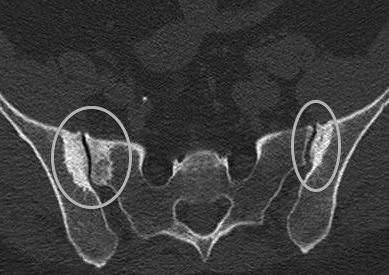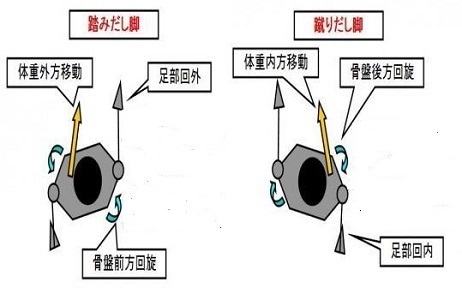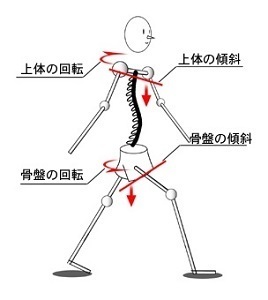◇立川市の仙骨矯正の専門院◇
整体やまつばき

アクセス | バス停 金比羅橋下車 徒歩3分 |
|---|
営業時間 | 9:30~22:00 定休(月/金・午前) 祝日は営業します。 |
|---|
お気軽にお問合せください
 The Explanation of the Role of the Sacrum and the Function
The Explanation of the Role of the Sacrum and the Function
<Table of contents>
Summary of the role and characteristics of sacrum
Quadrupeds (dogs and cats) also have a sacrum, but the percentage of body weight that can be supported by it is not high. Human sacrum, on the other hand, is specialized for bipedal walking and is shaped to support the weight of upper body.
It has special functions that are not found in other animals, such as the location of body's center of gravity and the damper action that eases the burden of standing and immediately leads to the next movement.
In addition, sacroiliac joint between sacrum and ilium is a joint that can only move within a range of 1.6 mm or less, and when a constant force is applied, it moves like the movement of a snail. Without the support of this special movement, standing and walking be hindered.
Moreover, sacrum is a completely custom-made bone that is fused to the individual's skeleton. It is the bone that cannot be replaced.
1. Why the position of sacral joint can be maintained for a life
There are two reasons why S.O.T can maintain the position of sacrum for a life (semi-permanently).
- It directly overrides the "body balance information" held by brain.
- Sacroiliac joint is stronger and has less movement than other joints.
・It directly overrides the "body balance information" held by brain
In order to maintain balance in unstable posture of bipedal walking, brain optimized body balance info is necessary. It is stored at any time, and is constantly being updated according to environment.
Simply put, S.O.T is a technique that intendedly rewrites it.
Brain tends to perceive the current state as correct, and the memory of what happened before the rewriting gradually fades away. The "correction repetition" continues until brain's info is overwritten, which is 6 to 8 times.
・Sacroiliac joint is stronger and has less movement than other joints
As joints age, peeled skin and muscles adhere to surrounding tissues and gradually limit the range of motion. This is most noticeable in shoulder joints, hip joints, knees, and other areas prone to age-related pain.
However, Sacroiliac joint is a strong joint with millimeter-scale movement, so it is less prone to age-related joint restrictions.
If you are old enough to stand and walk (not bedridden), it is unlikely that sacroiliac joint will completely lose its function, and the corrective effect will be maintained for life.
Sacroiliac joint has a damper effect(*) that slowly transmits the shocks to lower limbs while absorbing it.
At the moment of impact, sacroiliac joint locks up, and sacroiliac ligament at the back of joint absorbs, and then the locked joint gradually starts to move.
・Damper effect of sacroiliac joint
| (1) | Sacroiliac joint locks at the moment of impact. |
| (2) | Sacroiliac ligament at the back absorbs impact. |
| (3) | Gradually, the locked joint starts to move. |
This damper effect allows you to move smoothly from one to next without damaging the ligaments, even during high-impact activities such as sudden stops, sudden movements, jumps, and landings.
The reason why bipedal robots fall down after jumping is because they are not able to absorb slowly of shock. That's how difficult it is to artificially create the subtle movements of sacroiliac joint.
If the joint between iliac and sacrum is out of balance, damper effect of sacroiliac joint will not function properly.
Impact of walking and other is transmitted to hip joint, lumbar spine, and even the cervical spine without absorb. If the burden is accumulated through daily repetition, the risk of pain is immeasurable.
Pelvic correction has a popular, and the effects of pelvic unbalance on health have become widely recognized.
On the other hand, there are people who have a vague image of pelvis and somehow think of it as "one big bone called pelvis".
Pelvis is made up of the bones of hipbone (ilium, pubis, and sciatic), sacrum, and coccyx. Sacrum is located at the center of pelvis.
It also has a role in connecting spine and pelvis, and is the key to balance the vertical of centerline and the horizontal line of equilibrium.
The shape of sacrum differs between women and men.
In women, the front of sacrum which S1-S3 are relatively straight, while S4-S5 have a steeper curvature. Men have a smooth curvature and S1 (connecting to lumbar vertebrae) is larger than in women. Sacrum has a role in the gender differences in pelvis.
As a result of these differences, sacroiliac joint which connects sacrum to the ilium is of importance in pelvic correction.
The way the center of gravity is balanced differs between humans and other animals.
Dogs have it on the side of their front legs and cats on the side of their hind legs, but the position of the it is not as clear as in humans, which is one of the reasons why bipedal walking is difficult.
The human center of gravity is located slightly forward of sacrum (S2) in the center of pelvis, which is common regardless of race or gender.
A stable it allows for smooth bipedal walking. If sacrum is misaligned, the important it will be shaken and the burden on body will increase.
Sacroiliac joint and subtalar joint, which are usually subjected to own weight burden, are characterized by the fact that the joint locks up the moment force is applied and does not move even when pushed or pulled.
Those locks is thought to be due to the instantaneous (reflex) tension of soft tissues such as ligaments and muscles.
On the other hand, it has the characteristic of slowly starting to move when a constant force is applied. It moves likely a snail forward.
This special joint movement is thought to be caused by the following reflexes occurring simultaneously.
| Joint static reflex | Joint stiffens in response to external forces. |
| Joint kinetic reflex | Controls the movement of joint when it is in motion. |
The range of motion is greater in women than in men, but in either case, it is said to be only 1.6 mm or less.
Also, because the range of motion is so small, it is difficult to confirm the mobility of sacroiliac joint with images (MRI, X-ray, CT images, etc.).
However, vacuum phenomenon in the joint can be seen in images, which is considered to be evidence that it is always moving.
The order in which body moves backward is (1) head, (2) cervical vertebrae, (3) chest, and (4) lower back.
If you tilt your head forward at the first movement, you will not be able to bend over properly. This is because kinetic chain is involved.
In kinetic chain, almost every movement involves pelvis (sacrum).
In particular, sacroiliac joint acts as a relay point in the chain of motion when bending down to pick up an object, stretching back muscles, or raising and lowering legs to climb stairs.
If sacroiliac joint is distorted, kinetic chain will be in error, and every part of body, from cervical, thoracic and lumbar to hip joint, will be burdened. This is a factor that causes pain.
- 整体知識とテクニック

